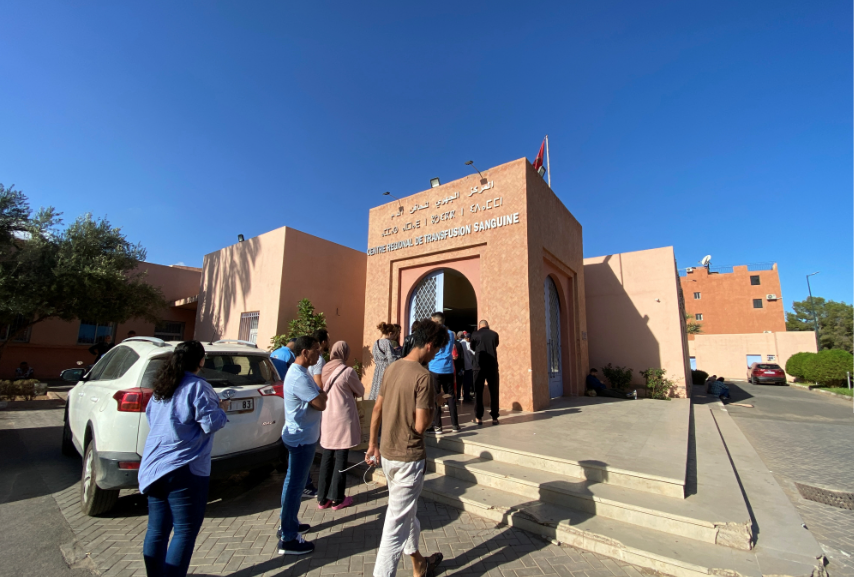Some parts of the 700-hectare old city they toured on Thursday (Sep. 14) sustained significant destruction, with mounds of rubble and crumpled buildings. The medina was founded by the Almoravid dynasty. The Almoravid were a confederation of Berber tribes that ruled over Morocco and a part of Spain in the 11th and 12th centuries.
“It was a devastating earthquake. It’s completely normal for the medina to be affected for a number of reasons. The first reason is the dilapidated state of the structure, but also the nature of its composition,” the architect said.
“There is also the age of the dwellings and the lack of maintenance. All this means that the medina is somewhat affected.”
Read More: The Resilient Heart of Africa’s Tech Ecosystem Amidst Military Coups
The 12th-century walls that surround the millennium-old city have been partly disfigured. Not all buildings were on an equal footing when the quake hit, though.
“One expert’s observation is that, buildings that have preserved their ancestral building techniques have withstood the quake better than those in which a mix of ancestral traditions and reinforced concrete has been introduced. Generally speaking, buildings that have preserved their traditional qualities did better than those in which a mixture of old and new reinforced concrete structures, bricks, breeze blocks, etc…”
Many of the old city’s buildings are built of ancient adobe or mud brick. This makes them much more fragile in the event of rain, el-Basur warns.
Read More: Navigating Africa’s Aviation Landscape with Green-Tech & Sustainable Solutions
“The rain and the aftershocks [can negatively affect] the survival of these buildings. Even though we’ve experienced a drought over the last three years, [we hope] that this time there will be a delay in the rain. Because if the rain comes soon, it won’t be a good thing for the work we have started here.”
Around 6.7 million visitors came to the country in the first half of the year — more than 4.3 million of them to Marrakesh, according to the Tourism Observatory in Morocco.
It accounted for over 7% of the GDP in 2019. The country is one of the most visited in Africa.









